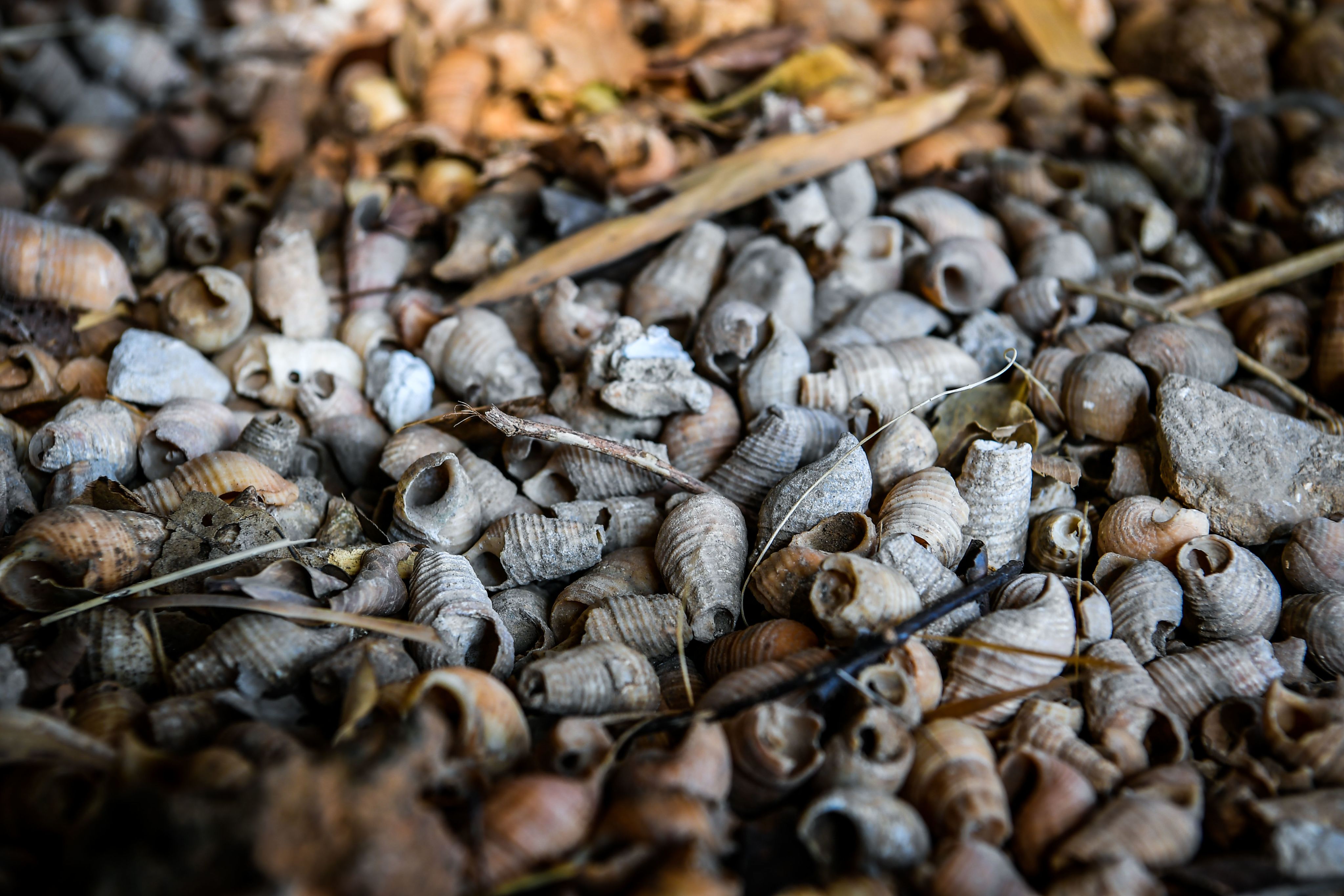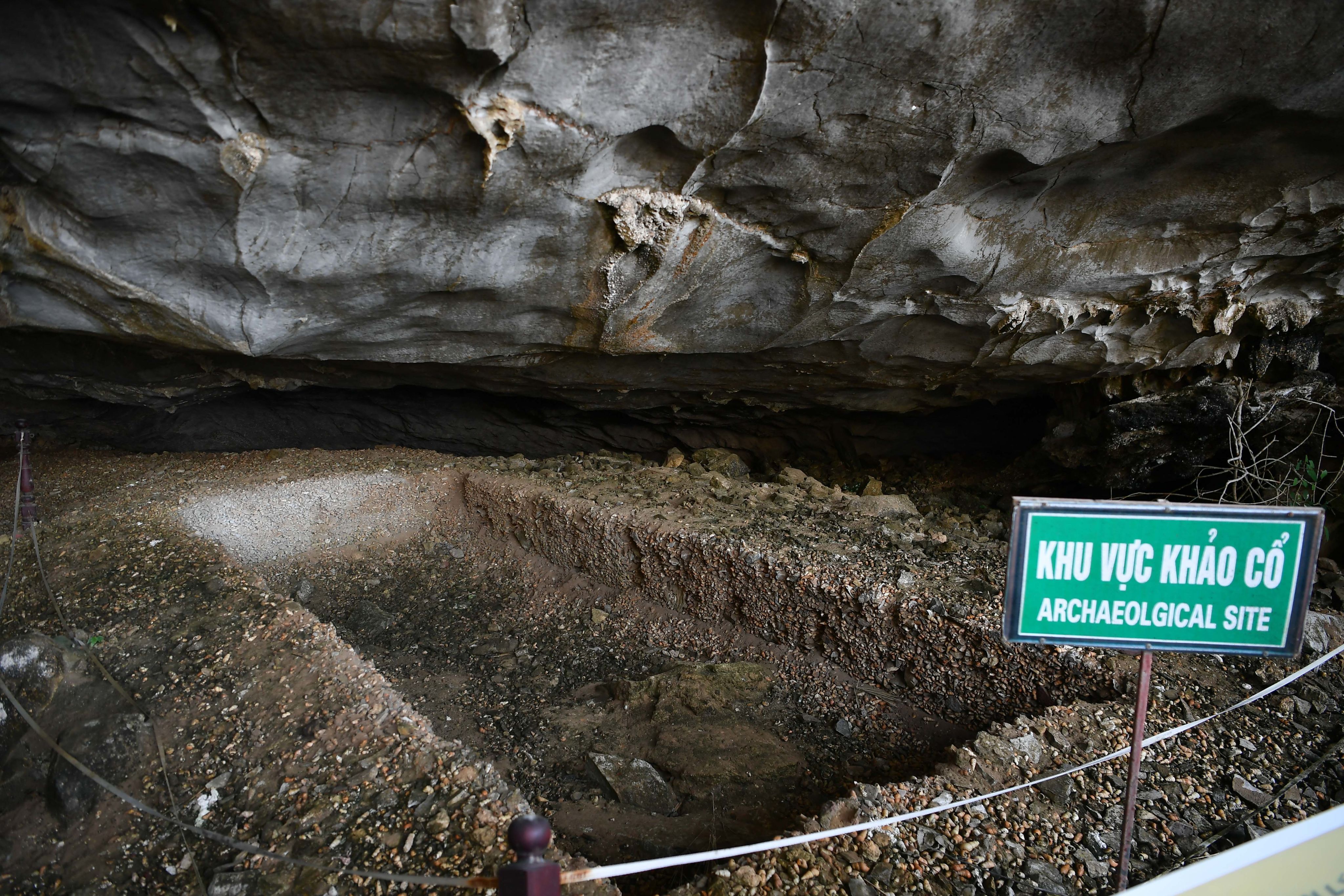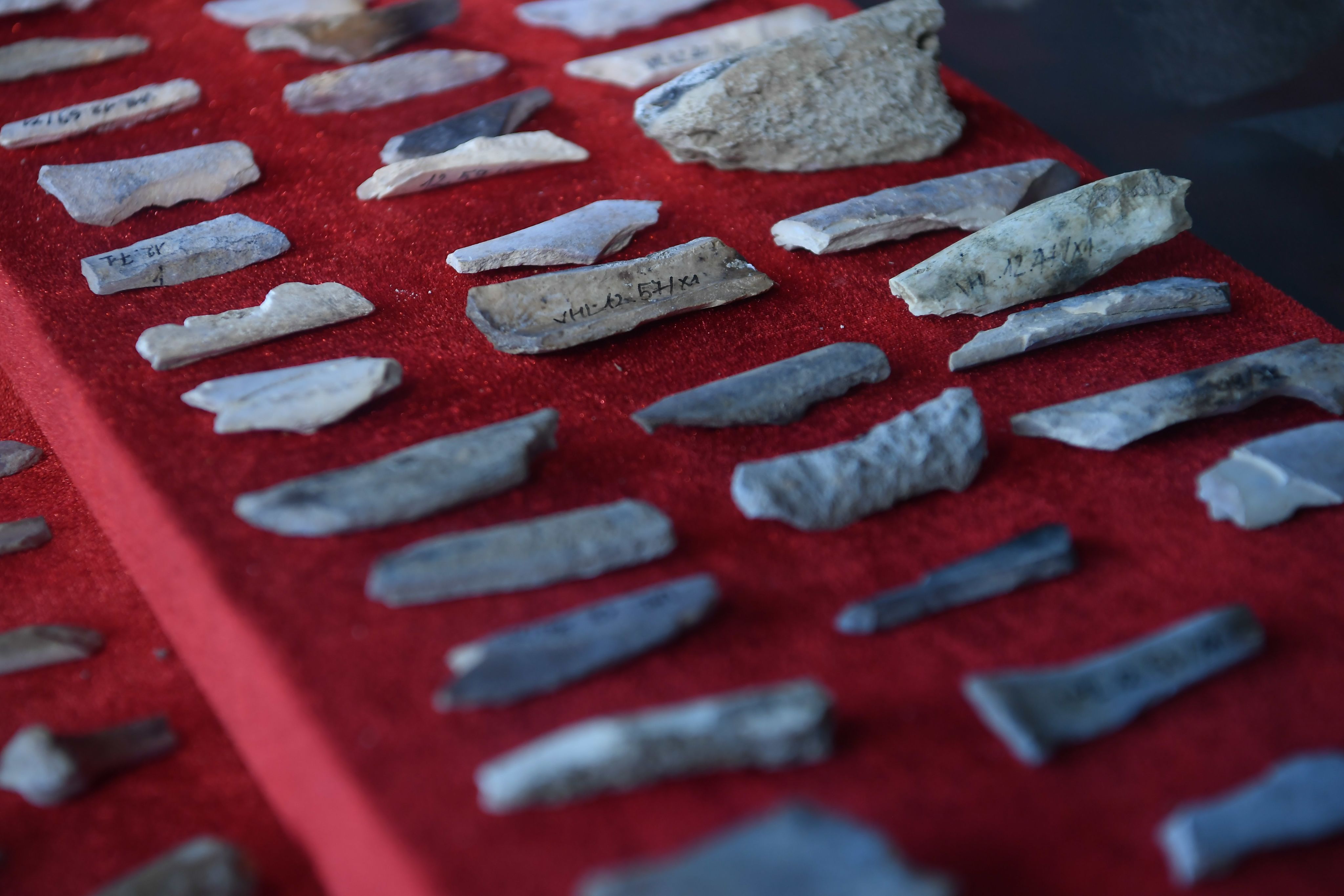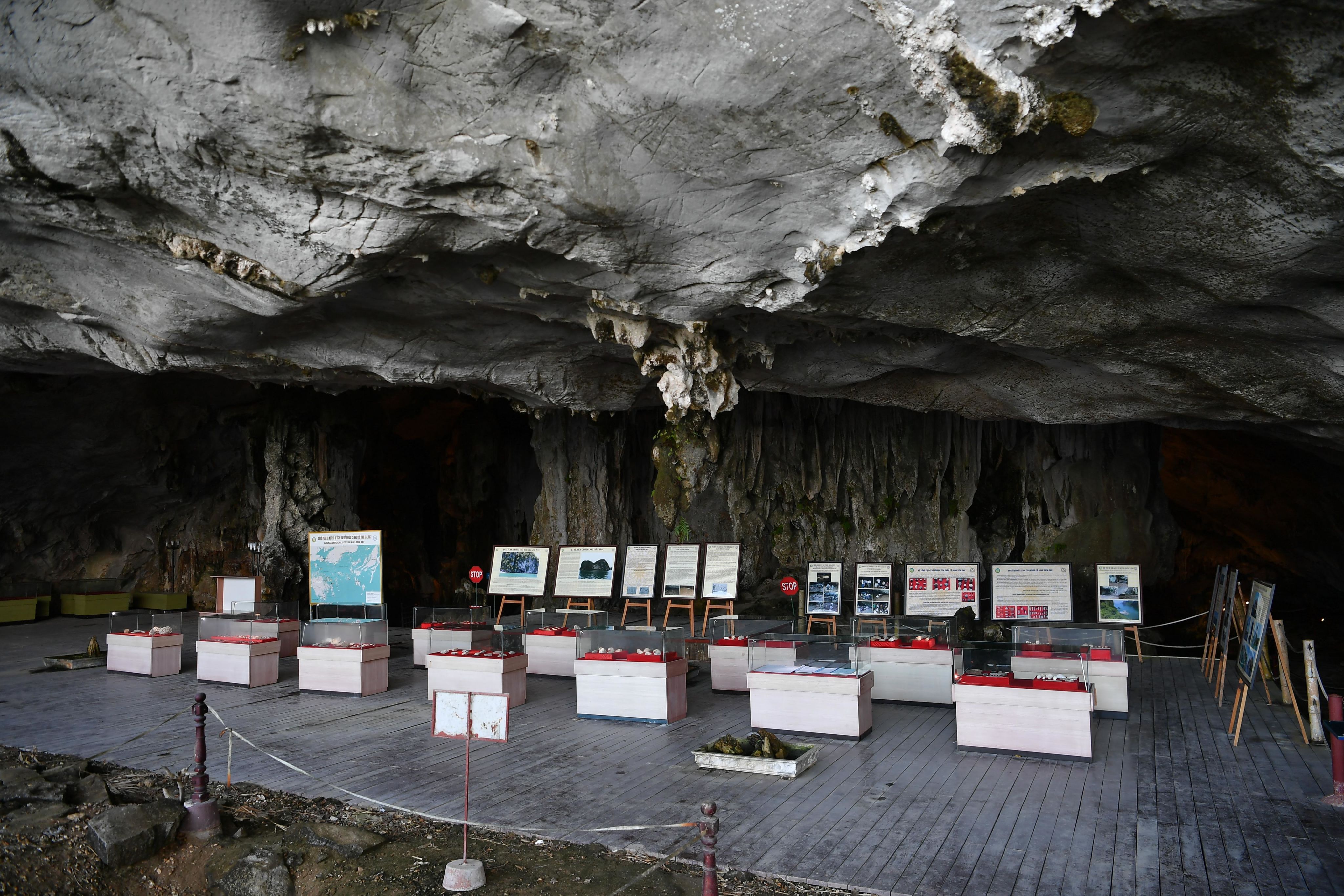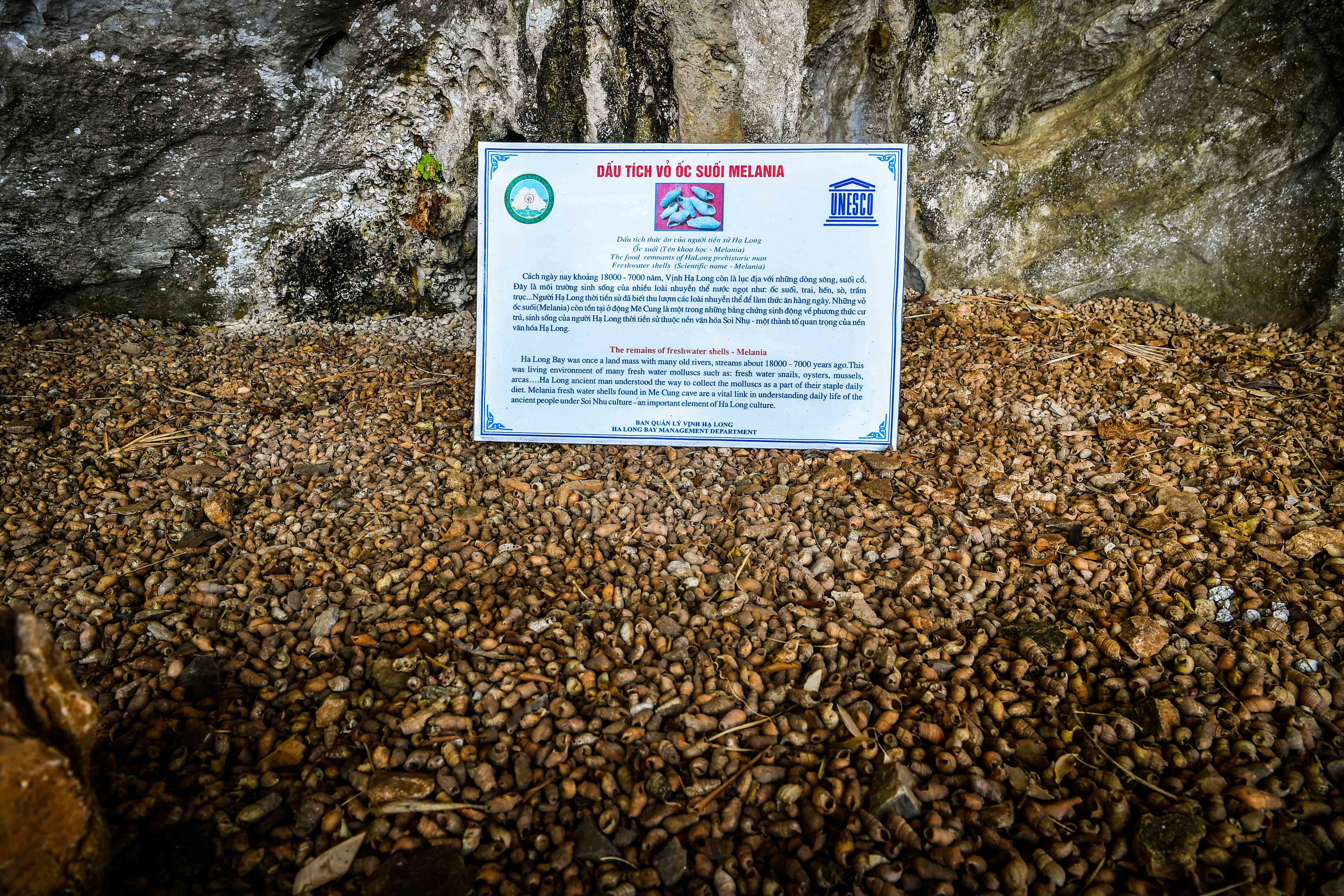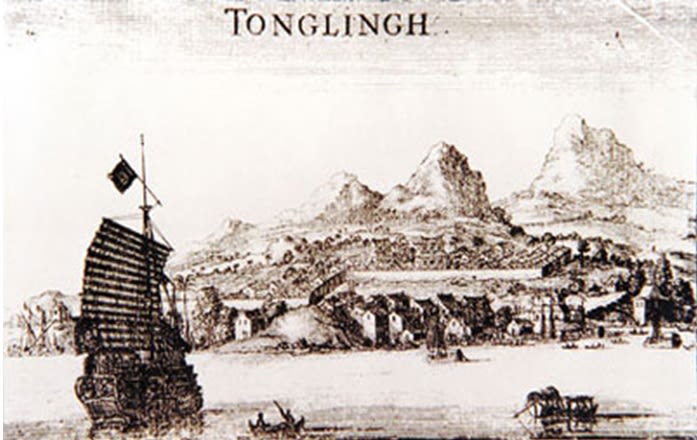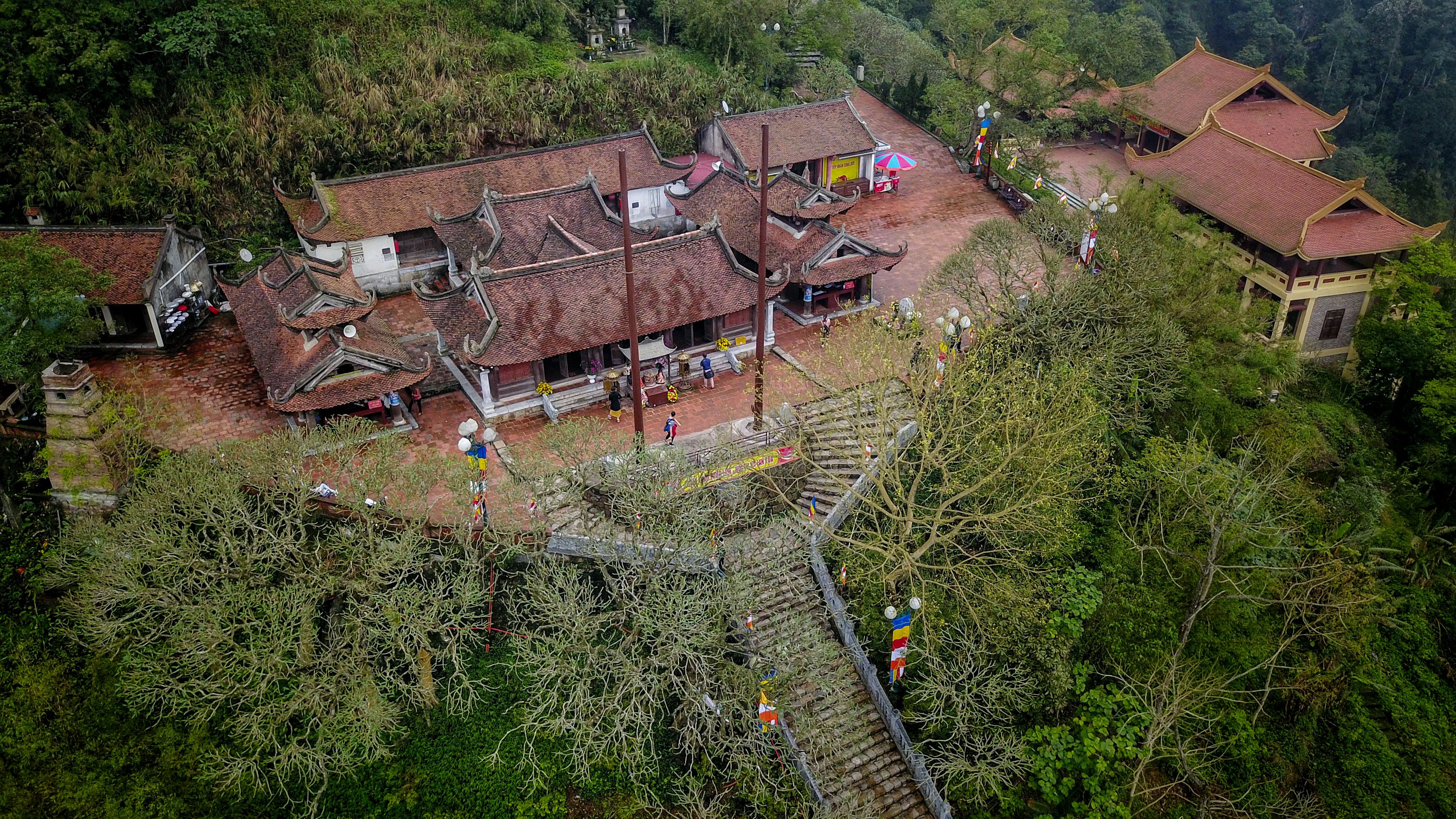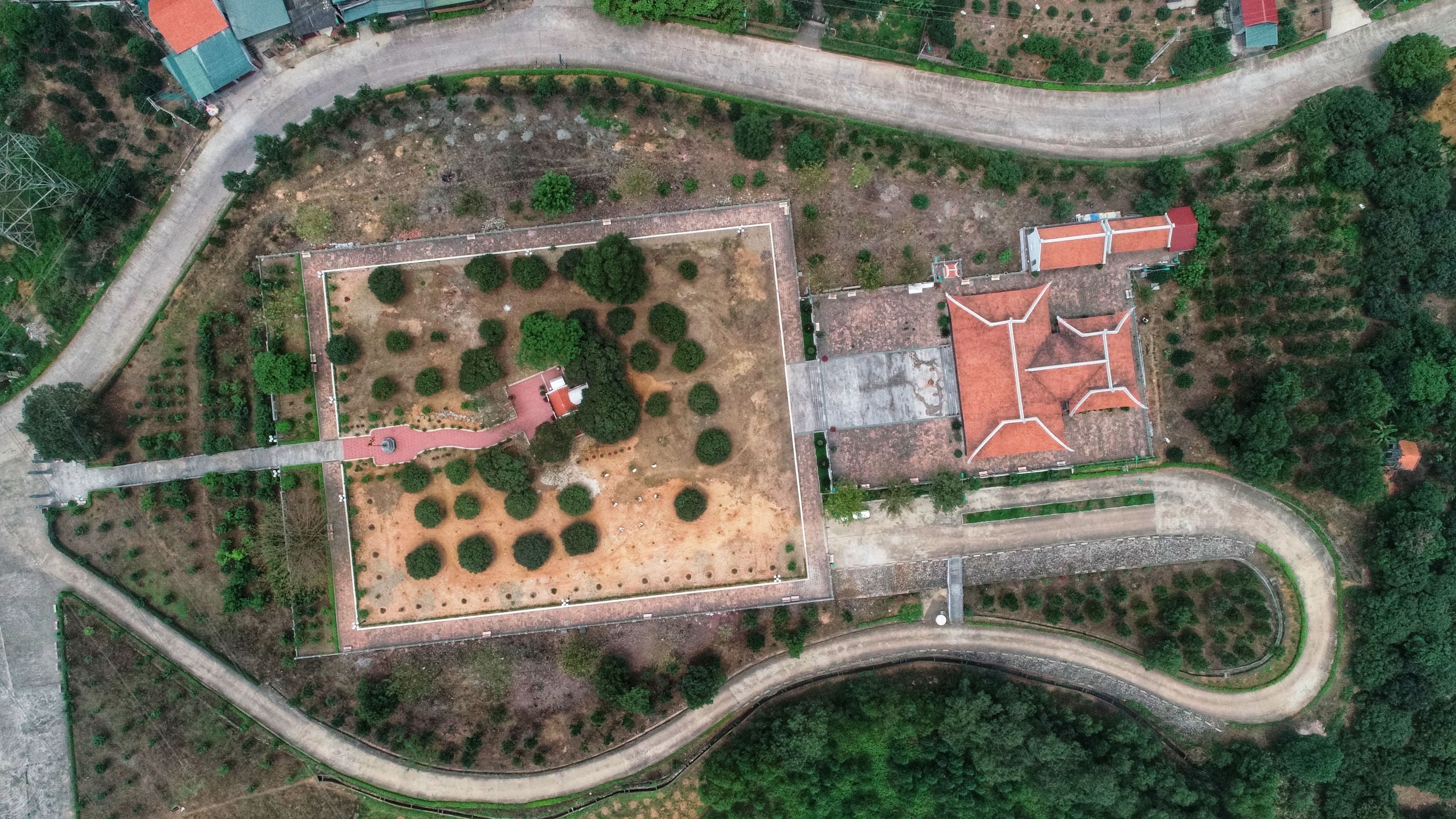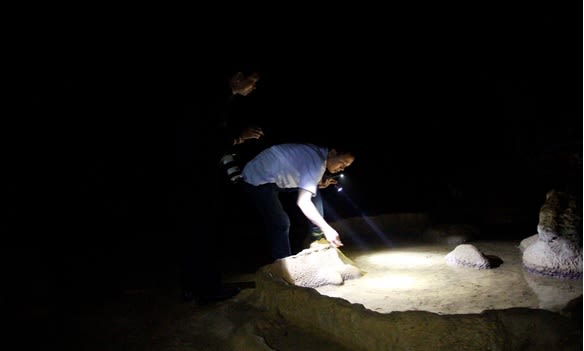Cultural and historical flows
of Ha Long Bay
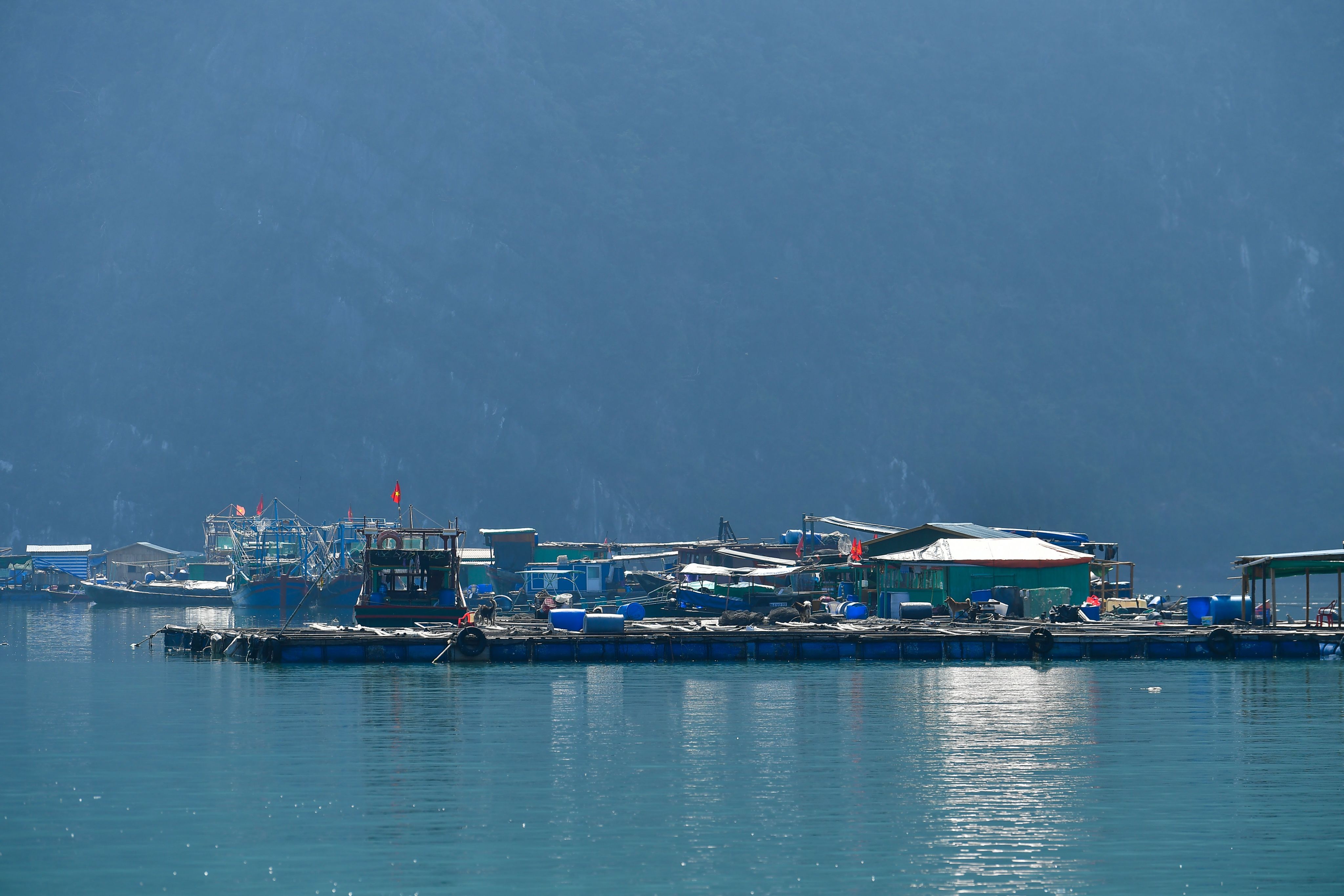
Known as a unique natural wonder in Vietnam and worldwide, Ha Long Bay also preserves the imprints of cultural and historical flows passed down through generations of residents on the bay.
Traces of prehistoric times
Ha Long Bay and its surrounding areas are home to many valuable archaeological relics, especially the Ha Long cultural site, one of the oldest ancient cultures of the Vietnamese people. With artefacts dating back tens of thousands of years unearthed and discovered, Ha Long Bay is often called a massive museum containing significant information about the history of the region’s formation.
Freshwater snail shells dating back 18,000–7,000 years
Freshwater snail shells dating back 18,000–7,000 years
Ha Long Bay is closely associated with the Ha Long culture archaeological site, a Neolithic culture (approximately 3,000–5,000 years ago) discovered in many areas of the Bay, including caves, sandy beaches, and limestone islands. The relics of this culture demonstrate that the area was inhabited by prehistoric communities during the hunting and gathering era, later transitioning to primitive agricultural production.
Ha Long Bay’s maritime cultural values are highlighted by its diverse archaeological sites, distributed across a vast area of 1,553 km2, deeply reflecting the essence of marine culture. Researchers have documented 26 archaeological sites linked to three successive ancient cultures: Soi Nhu, Cai Beo, and Ha Long, dating back from 18,000 to 3,500 years ago. These sites are primarily located among the limestone islands of Ha Long Bay, Bai Tu Long Bay, and the Cat Ba Archipelago. Notable sites include Me Cung Cave, Trong Cave, Tien Ong Cave, Thien Long Cave, Soi Nhu Cave, Dong Trong Island, Hon Hai – Co Tien Site, Trinh Nu Cave, Cai Beo site on Cat Ba Island, and sites on Ngoc Vung and Tuan Chau Islands.
At several archaeological sites, which are also famous tourist attractions in Ha Long Bay, such as Me Cung Cave, Thien Cung Cave, Sung Sot Cave, Tien Ong Cave, Trong Cave, Trinh Nu Cave, Bo Nau Cave, and Thien Long Cave, archaeologists have discovered numerous stone tools, pottery, animal bones, and shellfish remains. Stone tools like knives, axes, and stone pestles indicate that ancient inhabitants in this area had developed advanced tool-making skills to support hunting, food gathering, and daily life activities.
Archaeological excavation pit at Tien Ong Cave.
Archaeological excavation pit at Tien Ong Cave.
Additionally, Tien Ong Cave preserves archaeological survey pits and excavation sites with sediment containing freshwater snail shells (Melania) and mountain snail shells (Cyclophorus). These sites serve as vivid evidence of the cave dwelling habits of prehistoric Ha Long people belonging to the Soi Nhu culture.
Some labour tools — results from archaeological excavations — are on display at Tien Ong Cave.
Some labour tools — results from archaeological excavations — are on display at Tien Ong Cave.
Scientists have also discovered artefacts related to pottery, particularly pottery fragments with intricate patterns, which serve as important evidence helping researchers better understand the life and art of ancient residents. These pottery fragments have been found in caves such as Thien Cung Cave and Sung Sot Cave.
In Ha Long Bay, Thien Cung Cave is not only famous for its beautiful scenery but is also one of Ha Long Bay’s important archaeological sites. Here, archaeologists have discovered many artefacts from the Ha Long culture, including stone tools and pottery fragments, indicating that this was a prehistoric settlement. Thien Cung Cave is located on a relatively high island with good visibility of the surrounding area, suggesting that ancient people chose such locations for settlement to avoid dangers from wild animals or other groups.
Similar to Thien Cung Cave, Sung Sot Cave is also an important archaeological site. Here, archaeologists have found stone tools, animal bones and artefacts related to ancient life. Traces of settlements can be found right outside Me Cung Cave, along with various types of shells. These traces provide information about the diet, daily life and hunting-gathering activities of ancient people.
The tools found in Ha Long Bay are primarily stone tools, including stone knives and stone axes used for cutting trees, hunting and processing food; stone pestles and stone mortars, which could have been used for grinding grains or food.
The tools also include traces of pottery through pottery fragments found in caves and archaeological sites, proving that local people knew how to make pottery from very early on. These pottery fragments often have intricate patterns, showing a high level of production among the ancient residents.
Some archaeological sites in Ha Long Bay also show that ancient people here had quite unique burial practices. Archaeologists have discovered ancient tombs, and many studies indicate that ancient people in this area had certain spiritual beliefs, possibly related to deities or natural elements such as the sea and forests.
Traces of Melania snail shells, which date back thousands of years, were found in Me Cung Cave.
Traces of Melania snail shells, which date back thousands of years, were found in Me Cung Cave.
Ha Long Bay is famous for its natural landscape and is a treasure trove of history, archaeology and culture. From the excavated artefacts, scientists have determined that Ha Long Bay was a place of residence for ancient Vietnamese people dating back 18,000 - 3,500 years ago. The discovery of archaeological sites has helped researchers create a complete picture of human development from the Stone Age to later cultures.
Archaeological sites in Ha Long Bay help clarify the formation and development of Vietnamese civilisation, contributing to a better understanding of prehistoric communities' settlement and living processes in this area. They prove that Ha Long Bay was a permanent residential area where cultures flourished in the early history of the Vietnamese people.
Preserving these archaeological sites contributes significantly to the country's cultural heritage while facilitating research and tourism.
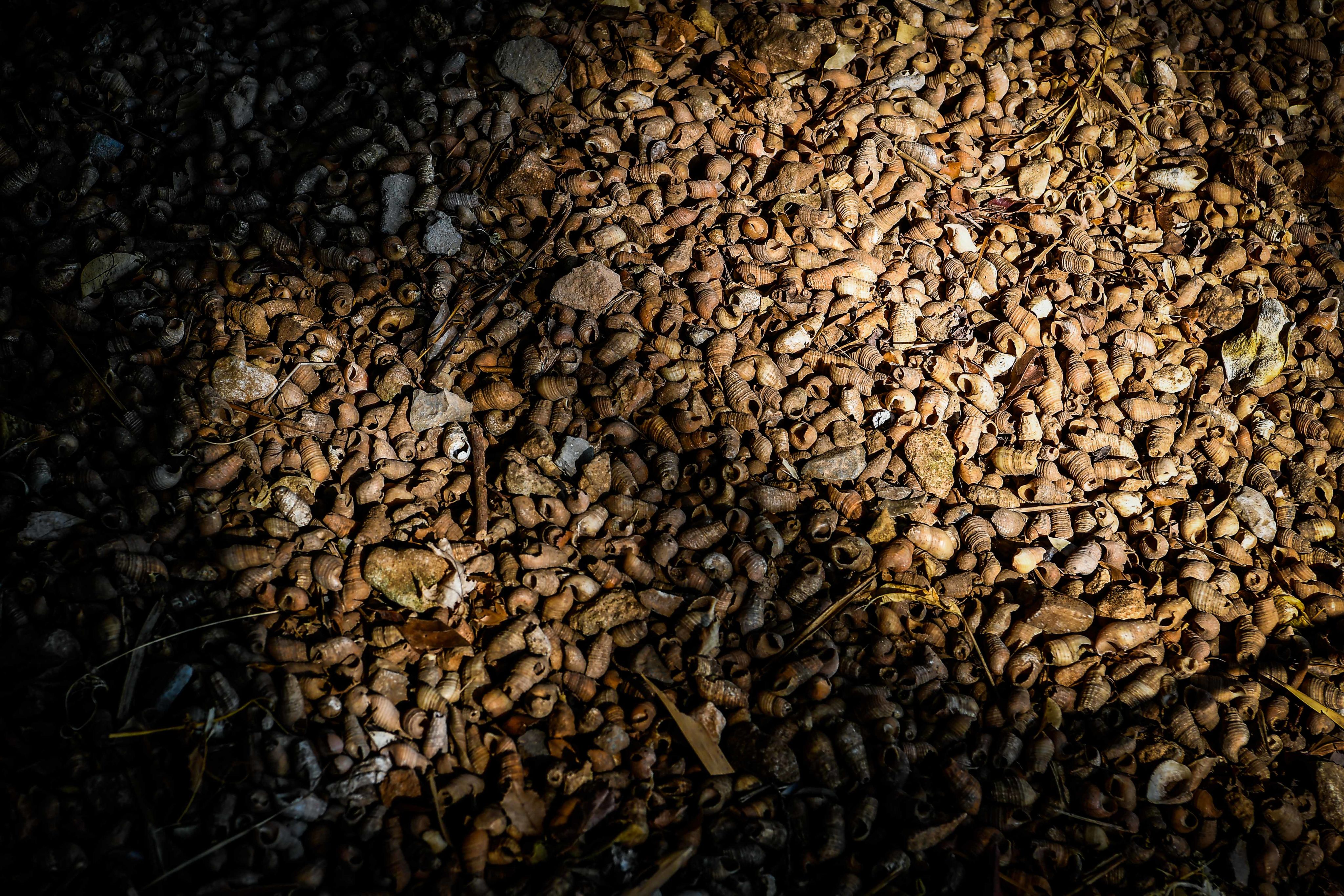


Sea and island culture throughout nation construction and defence
According to Professor Nguyen Van Kim (University of Social Sciences and Humanities, Vietnam National University - Hanoi), the process of forming and defining the identity and culture of Ha Long - the Northeast Sea and islands must be integrated with the Ly dynasty, particularly the prominent role of Ly Anh Tong, the wise king who opened the Van Don International Port in 1149, making it the first foreign trading port of ancient Vietnam. This was a historic decision, demonstrating the political and cultural aura of the dynasty. Today, traces of ancient wharves are still found quite densely and abundantly in Cong Dong, Cong Tay, Van Hai, and Quan Lan islands, which proved a period of prosperous trade development in Vietnam.
An ancient trading port in Ha Long Bay. (Photo: Quang Ninh Provincial Museum)
An ancient trading port in Ha Long Bay. (Photo: Quang Ninh Provincial Museum)
The Ly Dynasty opened Van Don, established an international trading port, a foreign economic hub of the Dai Viet nation, facing the powerful Chinese Song dynasty. To protect and affirm sovereignty in the Northeast Sea and islands, King Ly Anh Tong himself toured the Northeast Sea and islands twice (in 1171 and 1172). He ordered the drawing of a map of the territory and surveyed the country’s terrain as well as the life of the people.
It can be affirmed that in the history of Vietnam, Ly Anh Tong was the one who had an early, strong and profound awareness of the sovereignty of the sea and islands. The king was the first to propose important policies and strategies on the sea and islands, and also the one who practically implemented the exploitation, establishment of sovereignty and protection of the sovereignty of our country at sea.
During the Tran Dynasty (1226-1400), with a vision towards the Northeast region, 62 years after the third resistance war against the Mongols ended, King Tran Du Tong raised the administrative level of Van Don (Bai Tu Long Bay - Ha Long) from Trang to Tran (1349), and at the same time established Quan Tran, Quan Lo, Sat Hai Su and Binh Hai Quan to oversee and guard the border and island areas.
Hoa Yen Pagoda, Yen Tu.
Hoa Yen Pagoda, Yen Tu.
The Tran Dynasty relied on Buddhism to prepare for resistance and successfully organised resistance wars to protect the country. The heroes of the three resistance wars established a large Buddhist centre in the high mountains of Yen Tu to demonstrate the spirit and unite the nation, and at the same time, open a channel for cultural communication and dialogue with regional cultures. From the perspective of Thang Long and Yen Tu mountains, the Tran Dynasty built a cultural space, a sacred space in the Northeast region based on the wisdom, philosophy of tolerance and humanity of Buddhism.
Professor Nguyen Van Kim analysed the presence of Buddhist relics in Quang Ninh, coastal areas and on islands such as Cong Dong - Cong Tay (Thang Loi Commune): Lam Pagoda, Ho Pagoda, Cat Pagoda, Trong Pagoda, Vung Cay Queo Pagoda. The presence of Buddhist temples in the Van Don sea area not only shows the spiritual needs of the island residents and seafarers (sea transport, trade and fishing), but certainly, the Ly and Tran dynasties also wanted to affirm the sovereignty and cultural imprint of the nation in the Northeast sea and island area.
The Tran Dynasty’s Thai Mieu in Dong Trieu.
The Tran Dynasty’s Thai Mieu in Dong Trieu.
By establishing a system of pagodas and towers in the Northeast Sea and island area, the leaders of the Thang Long government achieved many successes in the strategy of establishing and expanding economic relations and cultural exchanges with the economies and cultures of Northeast Asia, Southeast Asia and the world of Southwest Asia. That explains why Van Don Commercial Port was able to maintain its position as a centre of foreign economic relations and diplomacy for 7 centuries.
Professor Nguyen Van Kim also said that, along with tangible cultural heritages, with traces of wharves, trading ports, place names associated with administrative management units, systems of communal houses, pagodas, temples, and shrines in the cultural treasure of the residents of the Ha Long - Dong Bac region, there are also many myths and legends about the founding of the nation. Through those myths, the sea has emerged as an integral part of the nation's history and culture. The sea is the origin of life and also its habitat, the place of many legendary figures such as Lac Long Quan, Thuy Tinh, Chu Dong Tu - Tien Dung, and An Duong Vuong.
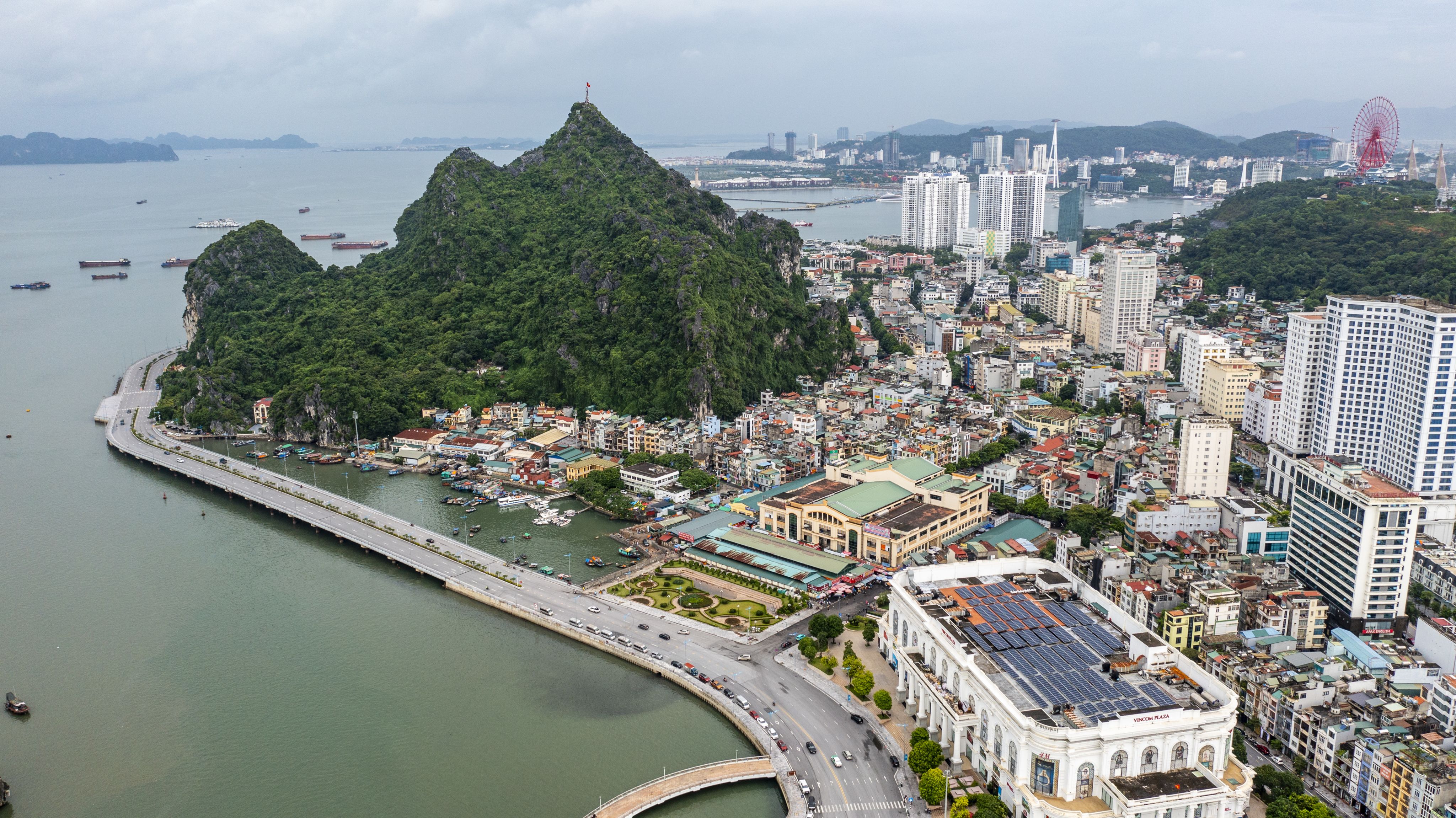
A place that preserves the vestiges of the wars against foreign invaders
In the history of building and defending the country of the Vietnamese people, Ha Long Bay marks the heroic feats of the nation from the 10th century to the 20th century. Ngo Quyen defeated the Southern Han troops (in 938), Le Hoan defeated the Song army (in 981), and Tran Hung Dao defeated the Yuan-Mongol army (in 1288). Historical Bai Tho Mountain, where the Chinese poem of Emperor Le Thanh Tong was carved on stone in 1468 during his tour of the Eastern Sea, and the handwriting of Lord Trinh Cuong in 1729.
Bai Chay on the west bank of the Bay is said to be associated with the story of the Yuan-Mongol army's food-carrying warships burned by the Tran Dynasty's forces and people led by Tran Khanh Du drifting into the forest.
On the Bay, there is also Dau Go Cave, where there are still traces of artefacts such as wooden stakes that Tran Hung Dao had hidden before being driven into the Bach Dang River, and not far from the Bay is the Bach Dang River mouth, evidence of two naval battles in the history of fighting against the Northern invaders. Ha Long Bay witnessed many important historical events during the resistance war against the French and the Americans. On March 24, 1946, Uncle Ho met with representatives of the French government in Indochina on Ha Long Bay to discuss signing an official peace treaty to replace the Preliminary Agreement of March 6, 1946. This demonstrated his skilful leadership when the fate of the Fatherland was "hanging by a thread".
On August 5, 1964, Ha Long Bay witnessed the first victory of the army and people of the North, shooting down two planes and capturing the first American pilot in the fight against the escalating war of destruction of the socialist North of the US empire.
Ha Long Bay is also a place that marks many victories, along with the heroic and silent sacrifices of the Vietnamese People's Navy soldiers during the years of fighting against the US. The gathering and departure points on the Bay of "numberless ships" supported the army and people of the South to fight the enemy.
Strategic Bases on the Bay, such as Hang Quan Cave (West drainage area), was once a secret naval base of the Vietnamese navy, where torpedo boats launched their attack on the USS Maddox (the US) on August 3, 1964.
Historical sites from the resistance wars against French colonialism and American imperialism on the Bay.
Duc Tien Cave (Photo: Ha Long Bay Management Board)
Duc Tien Cave (Photo: Ha Long Bay Management Board)
Duc Tien Cave is located southeast of Van Gio Island (marked as islet 376 on maps, locally known as Canh Quit Mountain). This was a base for the De Hong and Cai Thai insurgents, who established workshops for casting guns and coins in preparation for the resistance against the French.
On May 1, 1930, the red flag with a hammer and sickle fluttered atop Bai Tho Mountain, marking a new phase in the revolutionary struggle of the working class in the mining region, contributing to the overthrow of French colonial oppression.
On March 24, 1946, President Ho Chi Minh held talks with French High Commissioner Georges Thierry d'Argenlieu aboard the warship Emile Bertin on Ha Long Bay.
In the early 1960s, unmarked ships from the Ha Long area carried weapons and ammunition to the South, contributing to the nation’s glorious victory in the resistance against the US (the Ho Chi Minh Trail at sea).
Ha Long Bay witnessed the first air raid and defeat of the US Air Force at the start of their bombing campaign in the North on August 5, 1964, along with the capture of Everett Alvarez, the first American pilot taken prisoner.
Prominent historical and cultural sites in Ha Long throughout the eras
Prehistoric era:
System of neolithic relic site (Ha Long Culture).
Hung Kings era:
Bronze artefacts in Hoang Tan (Yen Hung) and Phuong Nam boat tombs (Uong Bi).
Chinese domination period:
Eastern Han Chinese Mao Khe ancient tombs (Dong Trieu).
Dai Viet era (Ly, Tran, and Le Dynasties):
Many large-scale historical and architectural relic sites with multifaceted value, such as Cua Ong Temple, Tran Quoc Nghien Temple, and Bai Tho Mountain.
Le and Mac Dynasties:
Mac Dynasty’s Xich Tho Citadel (Hoanh Bo).
Modern times:
Prominent revolutionary and resistance relic sites (Ha Lam Fort and Bai Tho Mountain).
Ha Long is renowned for its breathtaking landscapes, serving as a living archive of historical flows across various eras. It holds significant value for research and education, offering future generations insight into the enduring legacy of national construction and defence passed down from our ancestors.
These values are not only present throughout Ha Long Bay but have also been preserved and handed down within the local community over generations.
Published: November 2024
Content: TUYET LOAN
Documentation and Photos: QUANG THO, Quang Ninh Museum, Quang Ninh Information Centre, Ha Long Bay Management Board
Design: NGOC LINH
